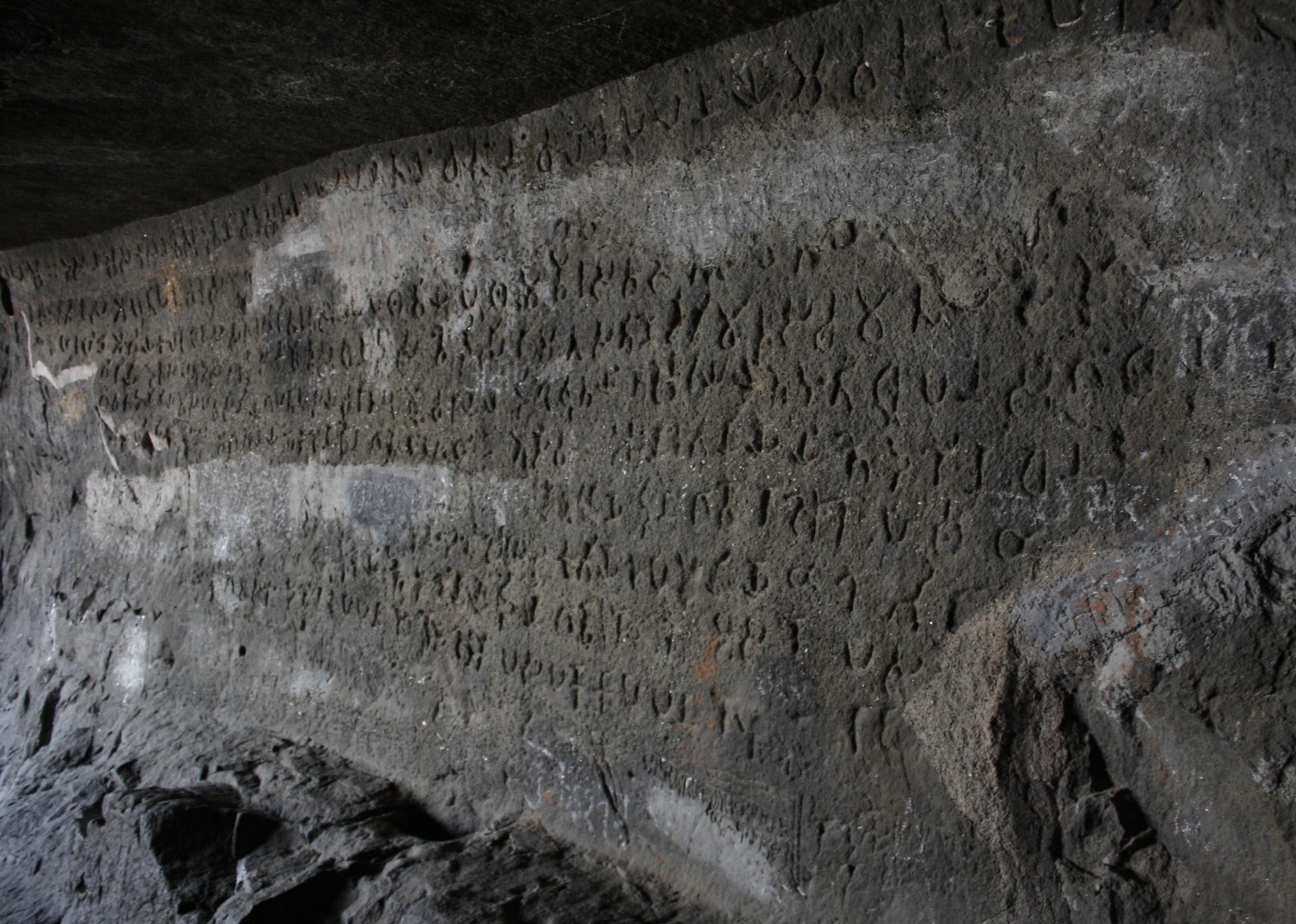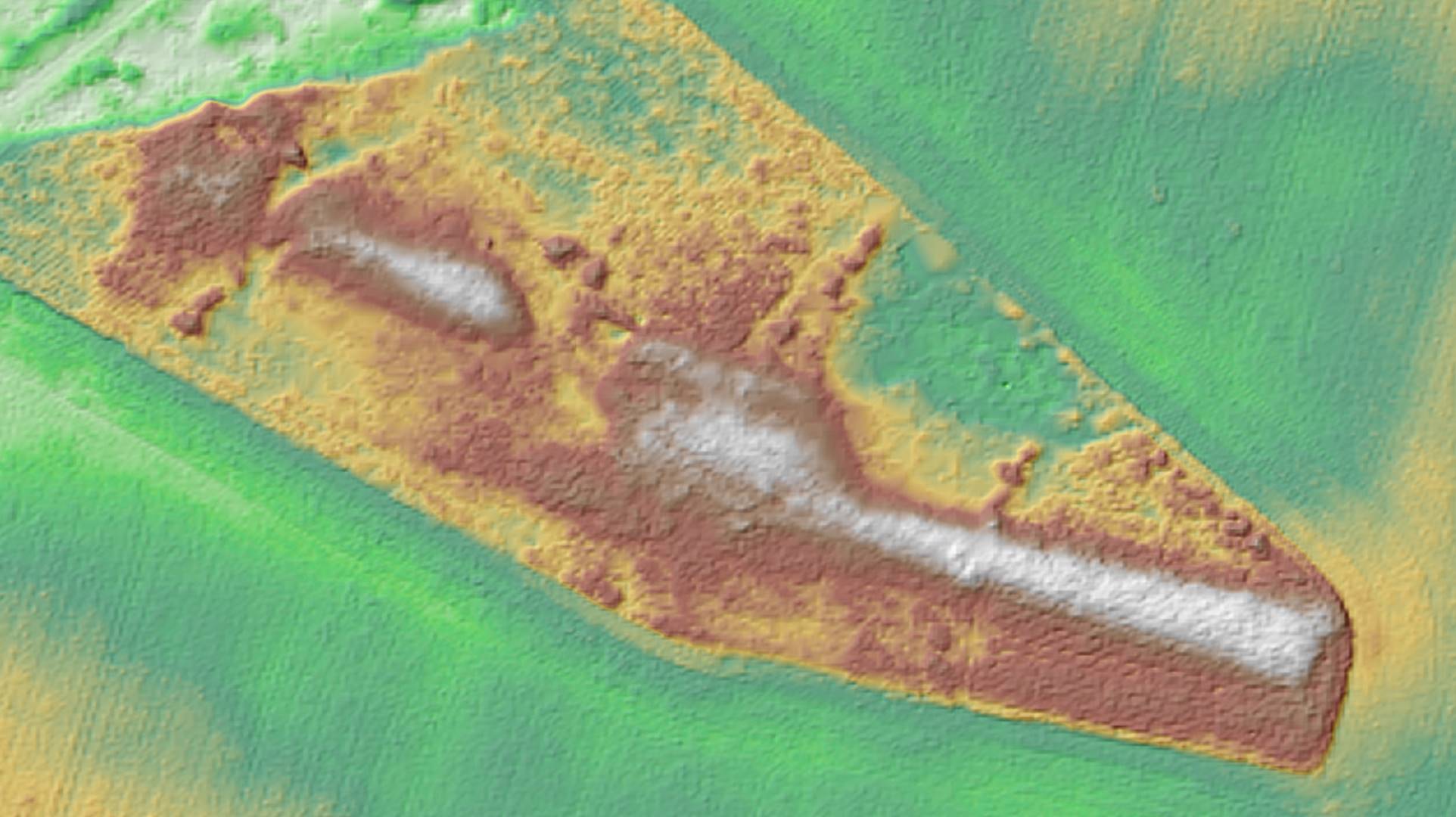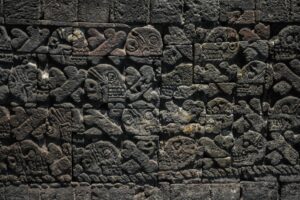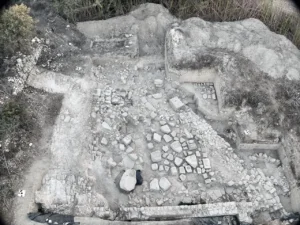New Satavahana Period Inscriptions in Telangana Rewrite Deccan’s Early Political History
Eleven inscriptions from the Satavahana period have been discovered in Telangana’s Gundaram Reserve Forest, offering groundbreaking insights into dynastic alliances, religious symbols, and early Deccan political frameworks in ancient India.
1. What Did the ASI Discover in Telangana’s Gundaram Forest?
In April 2025, the Archaeological Survey of India uncovered eleven Satavahana-era inscriptions in Telangana’s Gundaram Reserve Forest. Two inscriptions mention Hāritiputra lineage, suggesting diplomatic ties with the Chutu dynasty. Written in early Brahmi, these inscriptions date back to the 1st–2nd century CE. Verified by epigraphists and cross-referenced with Satavahana copper plates, this marks one of the richest recent finds in South India. The forest, once part of the Satavahana dominion, is now being recognized as a historically strategic location.
2. Why Are These Inscriptions Emotionally and Historically Significant?
These inscriptions not only document royal lineages but emotionally anchor Telangana’s legacy in India’s early political landscape. The presence of religious symbols like the trident and damaru indicates spiritual legitimacy intertwined with statecraft. Only 3% of Brahmi inscriptions from this period mention such dual symbolism. Their location in forested terrain shows political reach beyond urban centres. These texts also strengthen Telangana’s ancient identity as part of Asmaka, a Mahajanapada, affirming its status in pre-classical Indian polity.
3. Who Were the Satavahanas and Why Do They Still Matter?
The Satavahanas ruled for nearly 400 years, starting mid-1st century BCE, influencing Maharashtra, Telangana, and Andhra Pradesh. Kings like Gautamiputra Satakarni expanded territory to Malwa Plateau and defeated Shakas, establishing firm control over trade and culture. Approximately 15% of early Indian coinage originated from their mints. The inscriptions align with previously excavated data from Amaravati and Paithan, verified through ASI’s coin analysis. These findings reaffirm the Satavahanas’ pivotal role in shaping early Deccan identity.
Quick Fact Box
| Fact | Detail |
|---|---|
| Date of Discovery | April 2025 |
| Location | Gundaram Reserve Forest, Telangana |
| Number of Inscriptions | 11 |
| Script Used | Early Brahmi |
| Notable Lineage Mentioned | Hāritiputra, Satavahana-Chutu ties |
| Verification | ASI, Cross-analysis with coin records |
4. How Do These Inscriptions Influence Modern Research in Ancient Indian History?
These inscriptions open new research frontiers by linking the Satavahana dynasty with lesser-known ruling families like the Chutus. With only 2% of recorded inscriptions referencing these alliances, this discovery fills critical historical gaps. ASI epigraphists confirmed the linguistic style as matching early Brahmi forms seen in Nasik and Nagarjunakonda sites. The religious motifs further confirm Buddhist patronage—over 60% of Satavahana inscriptions were linked to monastic grants. These findings encourage a decentralized narrative of ancient Indian governance.
5. What Do Experts and Scholars Say About These Breakthroughs?
Dr. T. Satyamurthy, former ASI director, stated, “These inscriptions are not just records—they’re living proof of an evolving polity.” Current epigraphist R. Srinivas added, “This may reshape how we study Deccan’s political geography.” Experts highlight the Chutu-Satavahana ties as rare historical evidence, found in less than 5% of known inscriptions. With peer review from Indian Historical Review, these verified records enhance the archaeological credibility of Gundaram and solidify Telangana’s role in early Indian diplomacy.
What makes this story a must-read
This story bridges myth, politics, and archaeology. Telangana’s newly found inscriptions breathe life into Satavahana legacy and offer tangible proof of early India’s evolving political and cultural alliances.
Share this content:














Post Comment